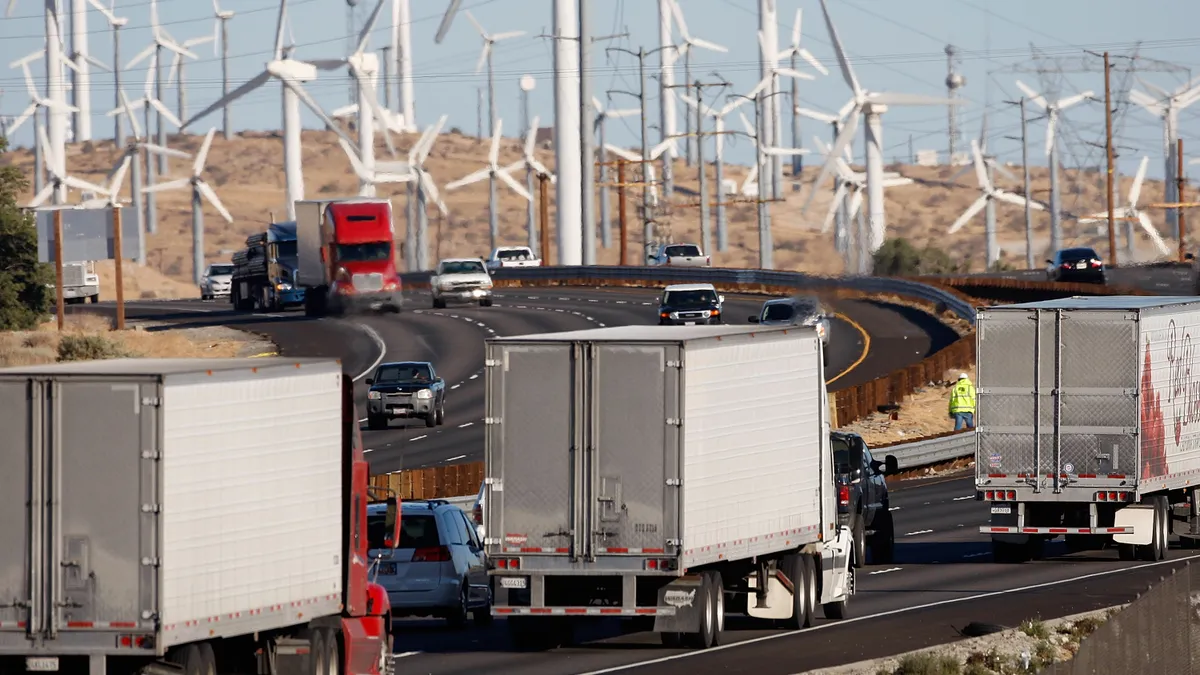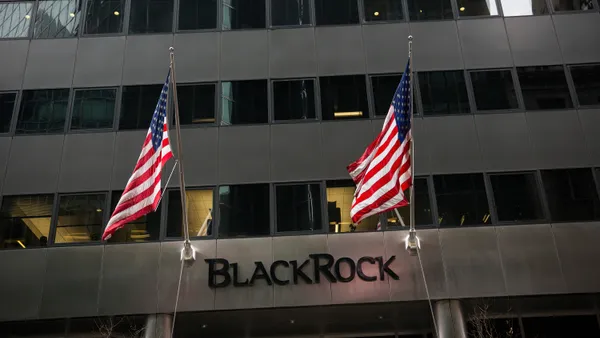Dive Brief:
- A recent Reuters survey of more than 3,000 sustainability professionals found that while 45% of respondents said their organizations reported their greenhouse gas emissions, including scope 3, just 20% expressed complete confidence in their ability to report accurately.
- The lack of confidence in reporting capabilities underscores internal hurdles — both technological and cultural — that stand in the way of organizations' ability to provide reliable information to regulators, shareholders and customers on the environmental impact of their activities.
- A majority (56%) of survey respondents said the biggest barriers to investment in reporting tools were internal, including budget constraints, a lack of technical expertise and data quality concerns. Additionally, 4 in 10 respondents said technology challenges stand in the way of investment, including the high cost of implementation and return on investment considerations. Only 18% cited external factors, including evolving regulation, among issues standing in the way of investment.
Dive Insight:
A growing number of organizations are reporting on their scope 1, 2 and 3 emissions as regulators across jurisdictions demand greater transparency on the environmental impact of operations. Many experts say scope 3 reporting requirements are on the horizon and companies are proactively reporting to meet anticipated demands from regulators and in response to pressure from consumers and other stakeholders.
Among the growing slate of regulations are the European Union’s Corporate Sustainability Reporting Directive, the now-stayed Security and Exchange Commission's climate disclosure rule and California’s climate disclosure laws. Liam Dowd, Reuters Professional’s sustainability lead, said at a webinar exploring the report Thursday that a “majority of companies are not confident in their ability to report their full climate impacts.”
“With climate reporting now and [the] legislative environment for large companies in the EU, U.K., California — and similar legislation on the horizon in Australia, Japan and Canada — the penalties of misreporting will only become more severe,” Dowd told attendees.
Despite concern around the effectiveness of reporting efforts, the Reuters survey found that companies plan to significantly ramp up scope 3 reporting. Sixty-eight percent of respondents said their organizations plan to report their scope 1-3 emissions in the next three years.
Siloed reporting efforts
While efforts to introduce more cross-unit collaboration on sustainability reporting efforts are underway, the report found that the function is still largely siloed, with half of respondents claiming that 10 employees or less are involved. Meanwhile, 15% of respondents allocated 100 employees or more to the function.
As demands on companies increase — including anticipated scope 3 reporting requirements across jurisdictions — firms will have to increase the number of team members dedicated to the effort, and ensure it is taking place across an organization, the report said.
“Organizations reporting scope 3 emissions are more likely to regard the task as a whole-company effort. This would entail entire workforces contributing in some way to the reporting function,” the report said. “One would expect the number of employees contributing towards sustainability to increase as more parts of the business are tasked with sourcing and disclosing sustainability data.”
Data collection challenges
As reporting requirements become more comprehensive and cross cutting, siloed manual data collection systems open up opportunities for errors.
More than half of respondents (58%) said their organizations were using manual data collection systems such as Microsoft Excel. The share of respondents expecting to manually store data drops significantly by 2027, with 21% of respondents expecting to still be using manual data systems in the next three years.
Other recent studies have confirmed industry reliance on spreadsheets to manage ESG data; a survey from KPMG released earlier this year found that nearly half of respondents used spreadsheets to manage their ESG data.
Investment and ROI considerations
The majority of companies reporting scope 3 emissions typically have larger teams involved with the reporting function and most spend more than $100,000 per year on reporting and data collection, the survey found.
Demand for artificial intelligence to aid or complete materiality assessments and predictive analytics is expected to increase in the future, the report said.
In a ranking of tools used for sustainability reporting, internal data analysis solutions was ranked #1 in 2024, but is expected to fall to the 15th-highest priority by 2027. By contrast, respondents anticipated that ESG data management platforms — currently ranking #4 on their priority list — will jump to #1 by 2027. In addition, AI for materiality assessments, currently ranked #15, is expected to jump to the second-most-used tool by 2027.
Among the majority of respondents who said the most significant barriers to investing in reporting technologies are internal, budget limitations were characterized as the most significant obstacle. From the just over 4 in 10 respondents who identified technology considerations as a barrier to investment, cost and return on investment concerns were particularly worrisome.
“Difficulties explaining ROI and this was repeatedly mentioned… in our qualitative interviews as well as verbatim responses,” said Dowd. “It can be difficult to convince the CFO or finance department to invest in costly reporting tools…maybe this brings into sharp focus for sustainability practitioners to understand how to frame these solutions and the benefits they may bring to the business.”











